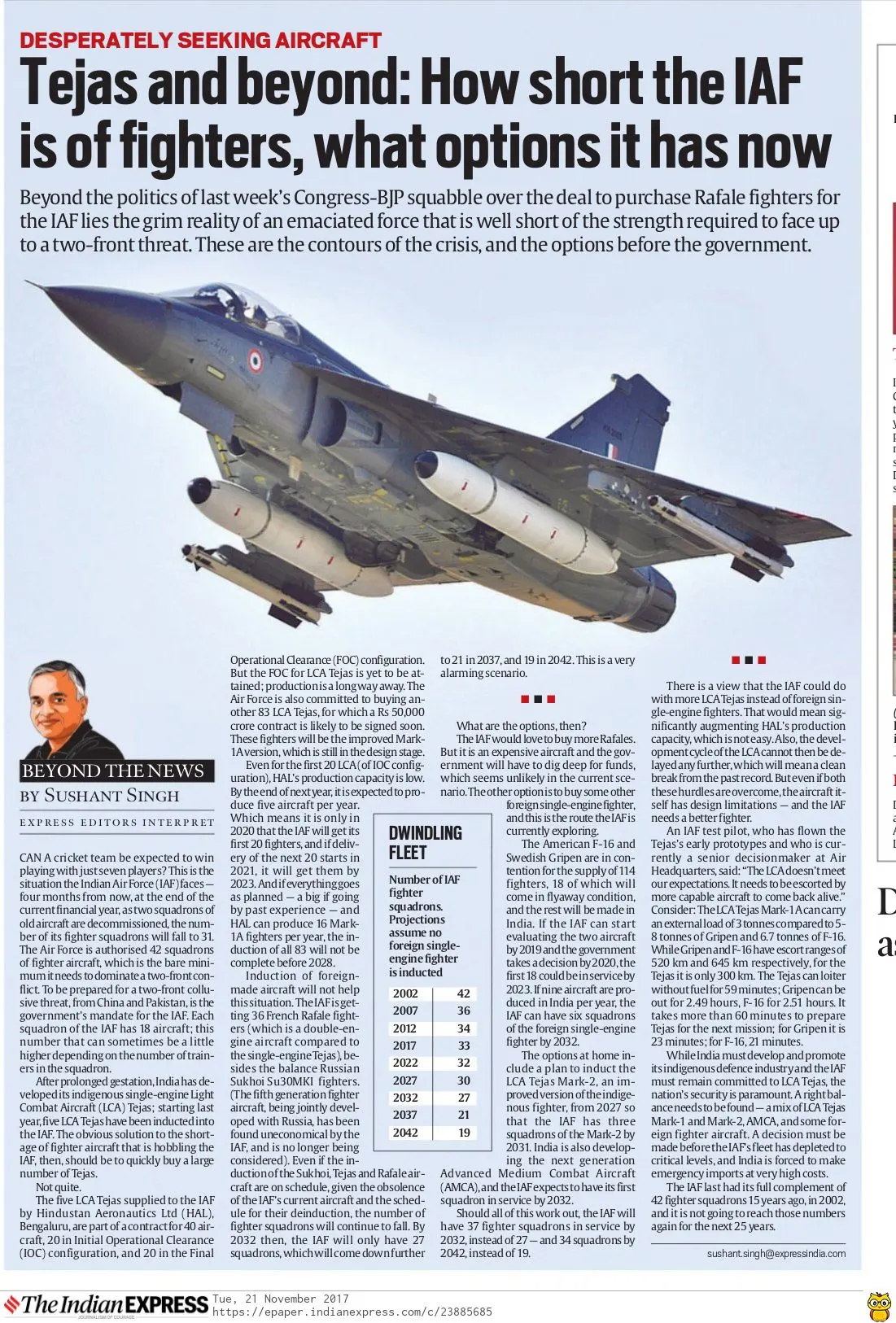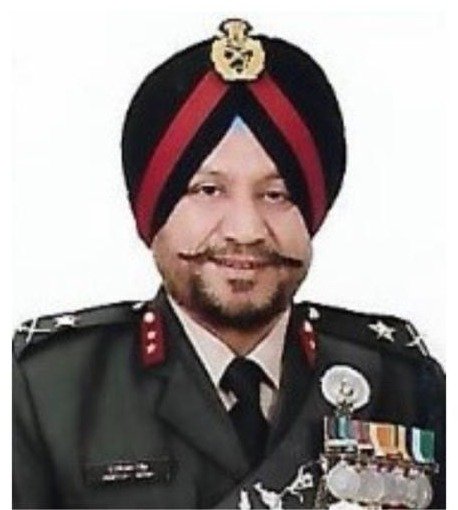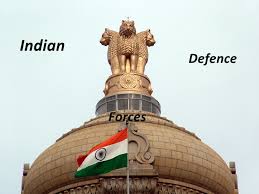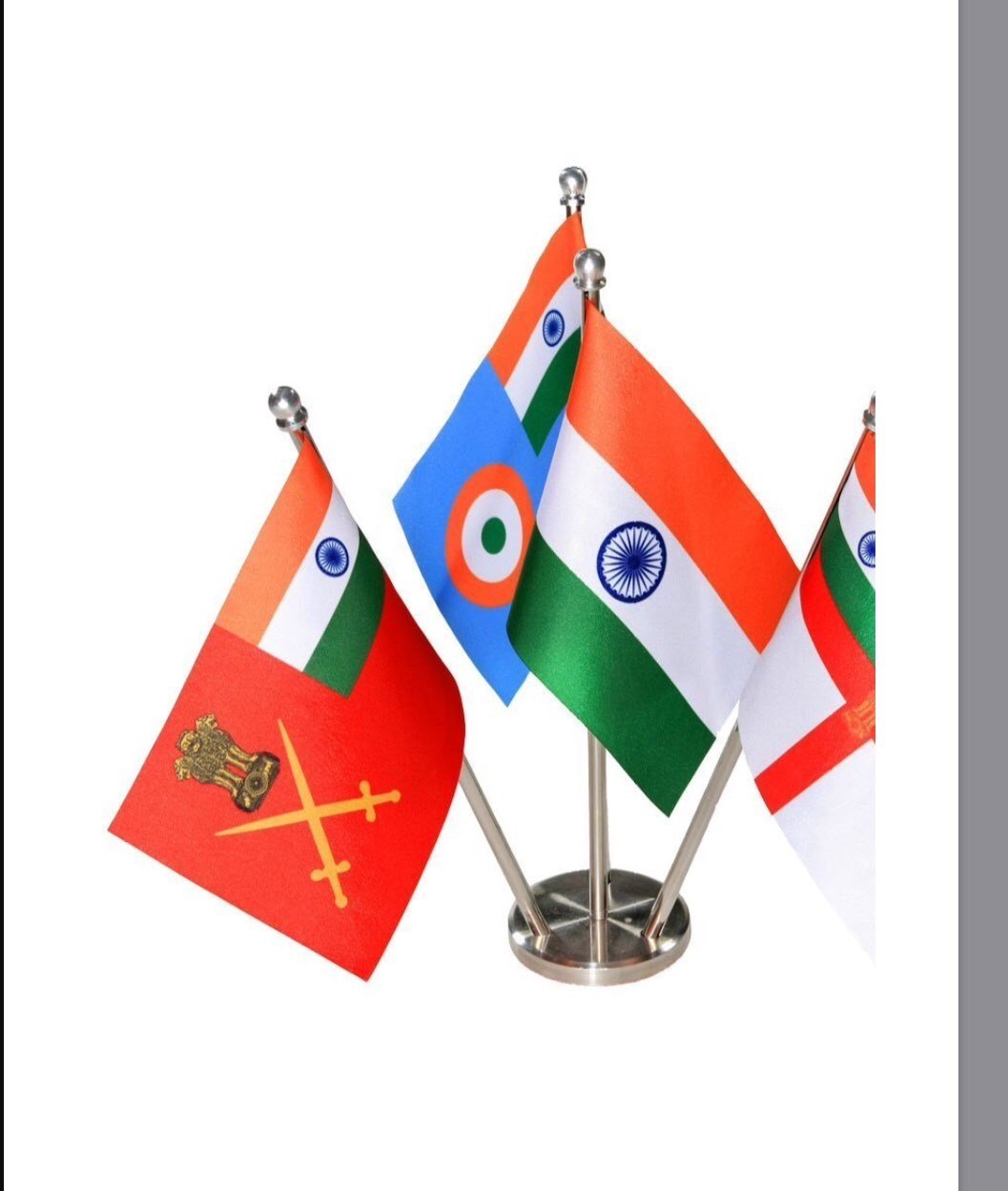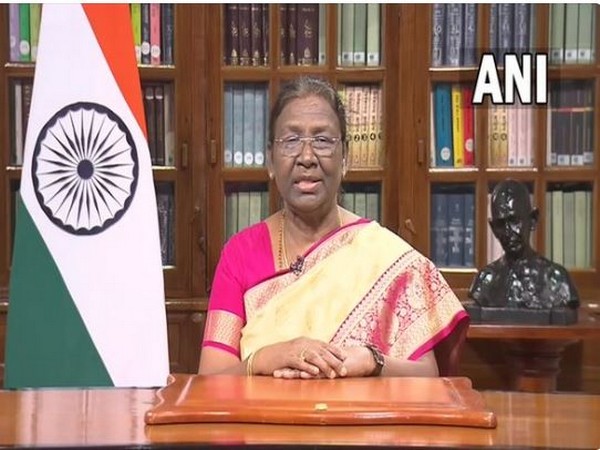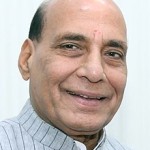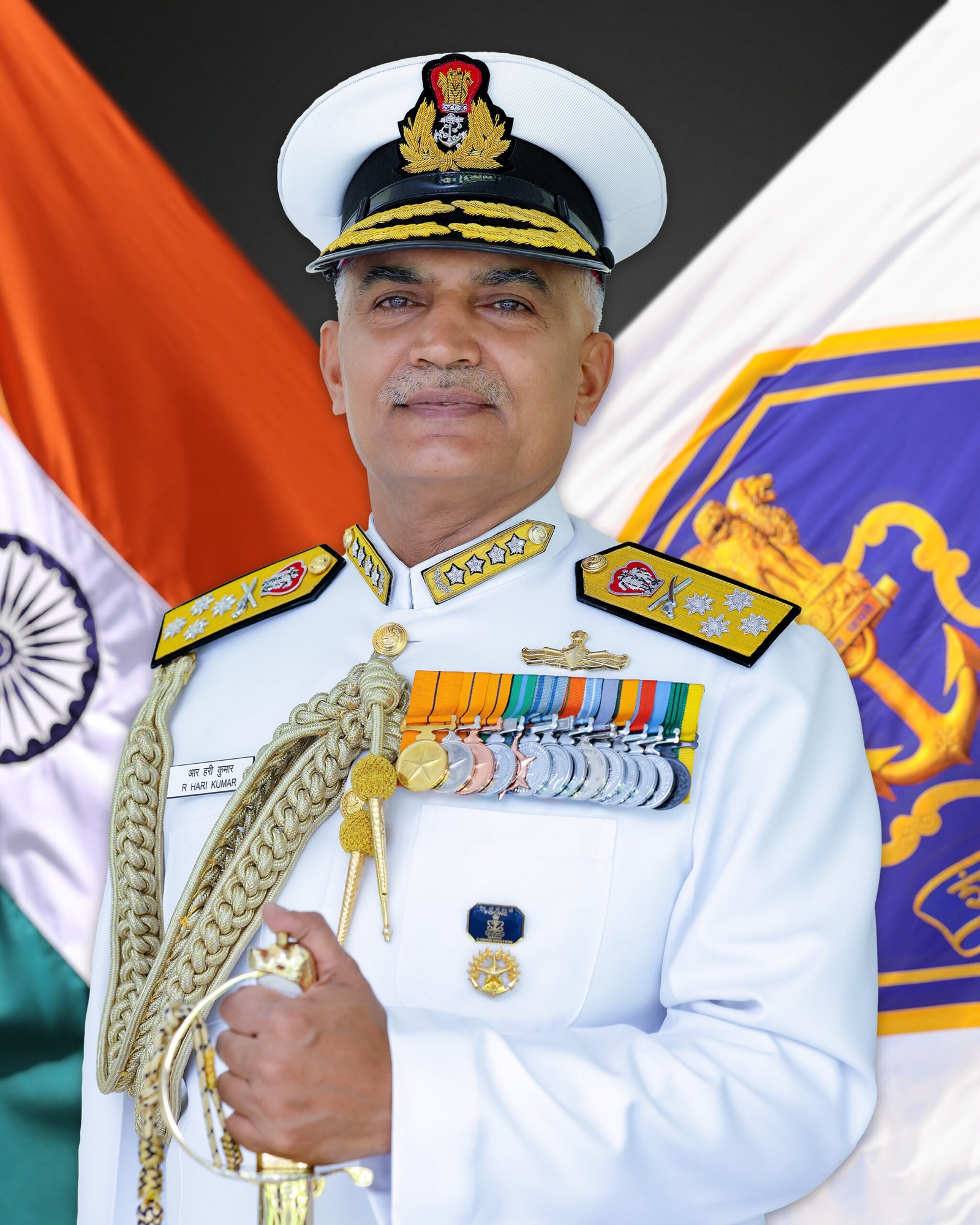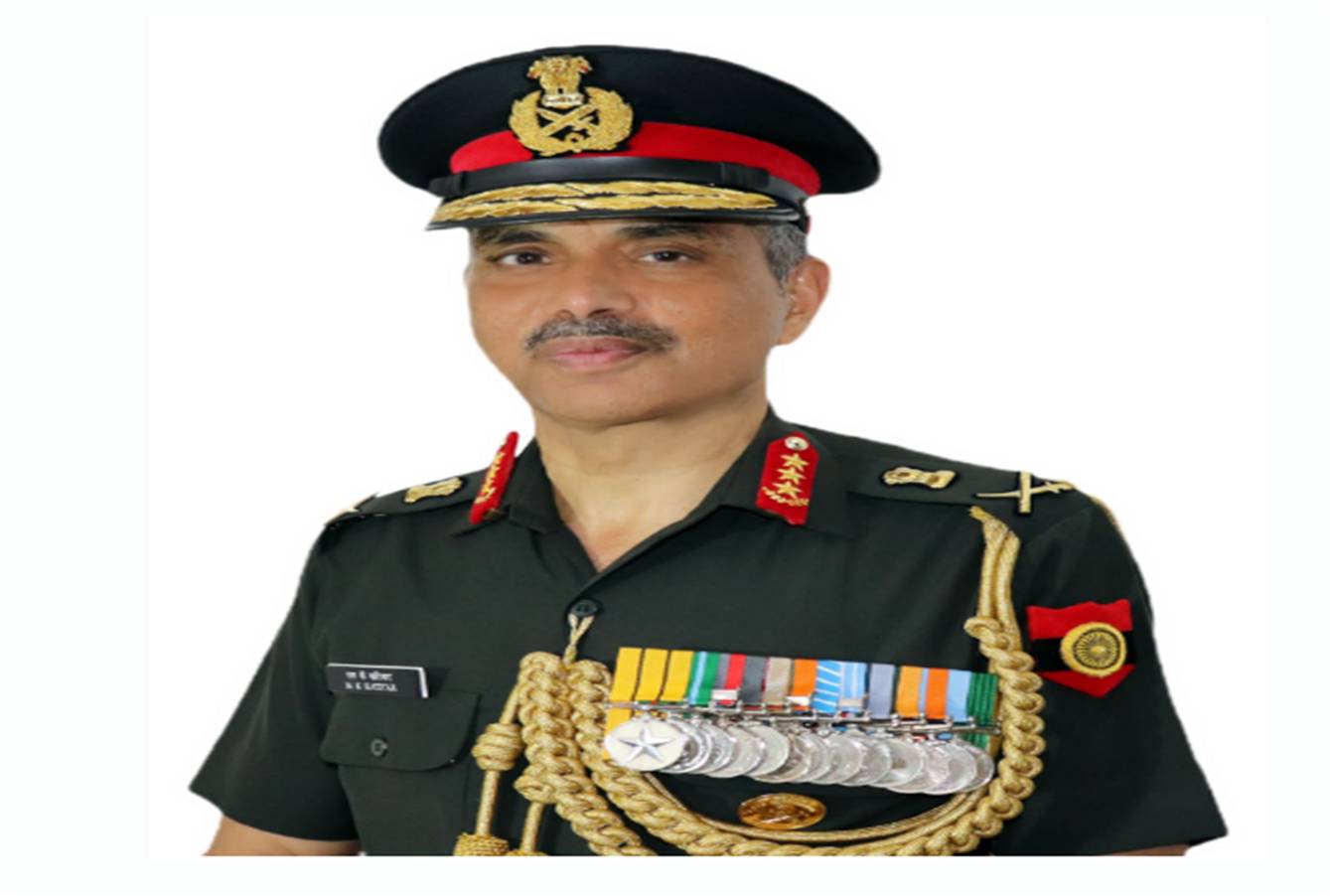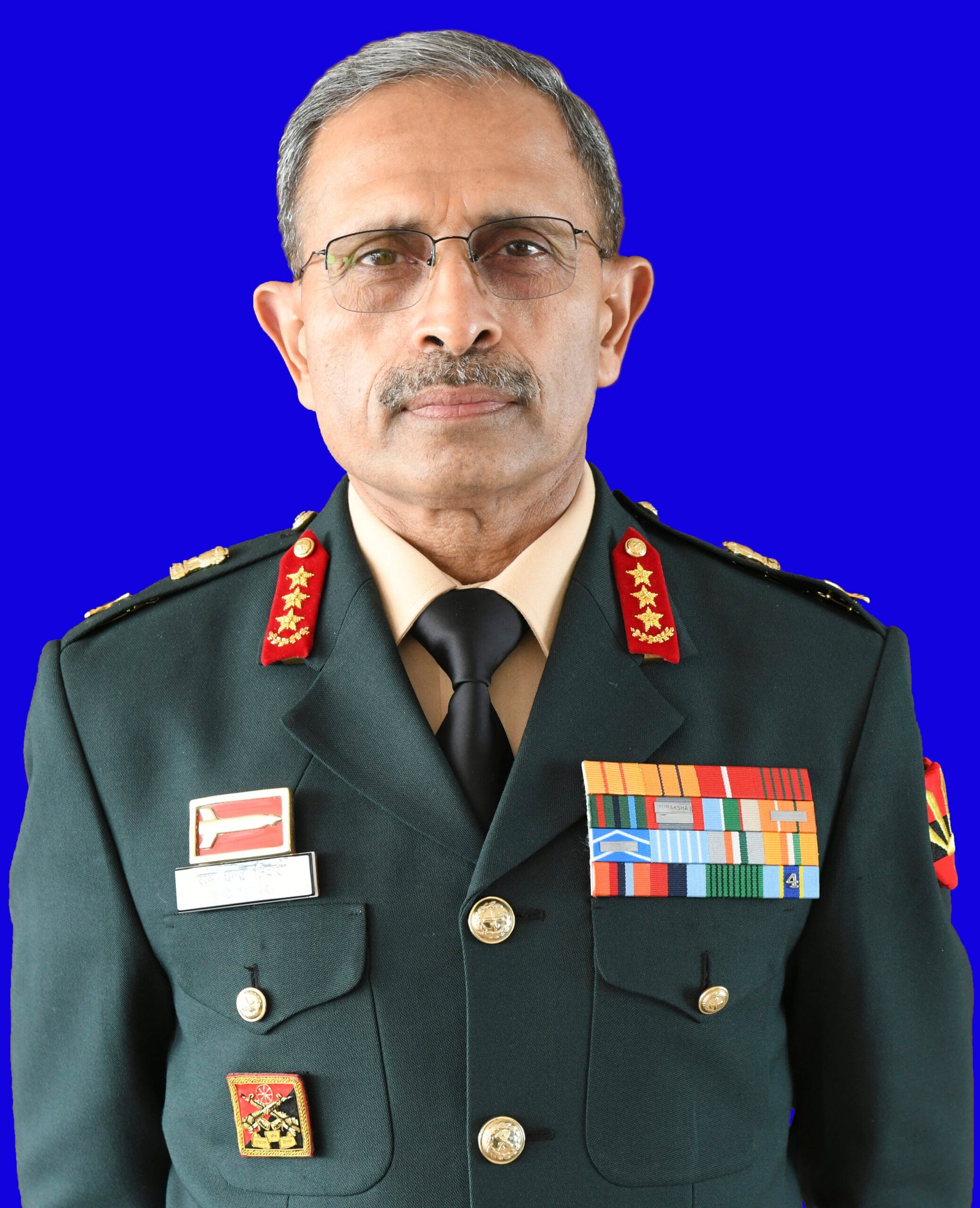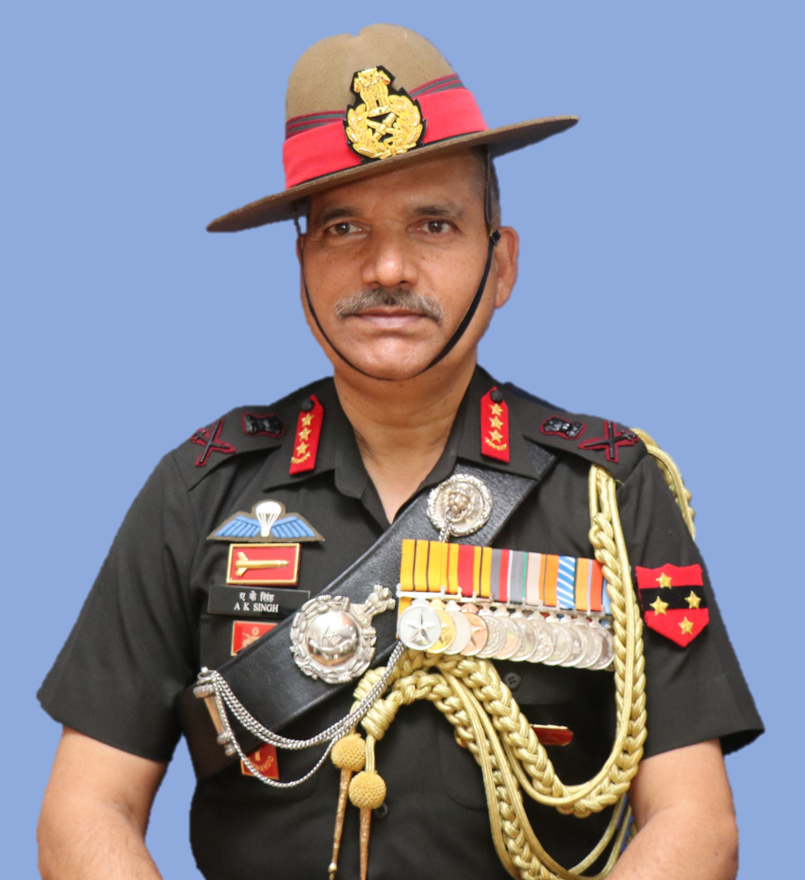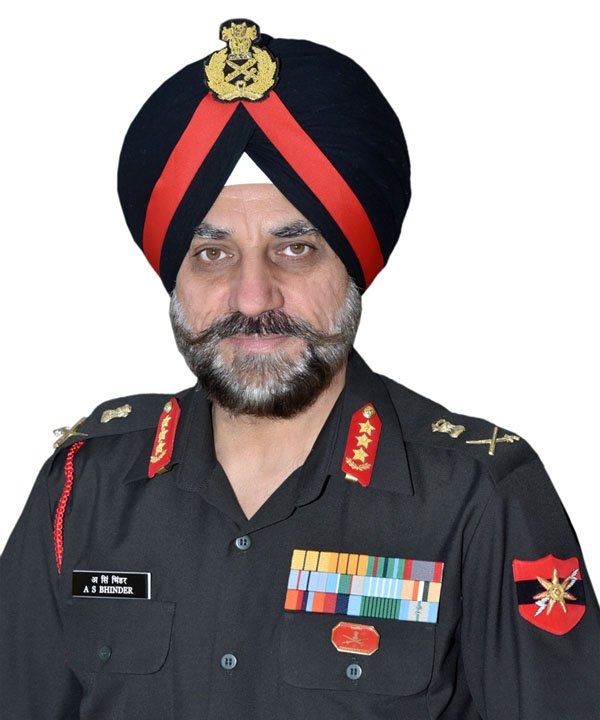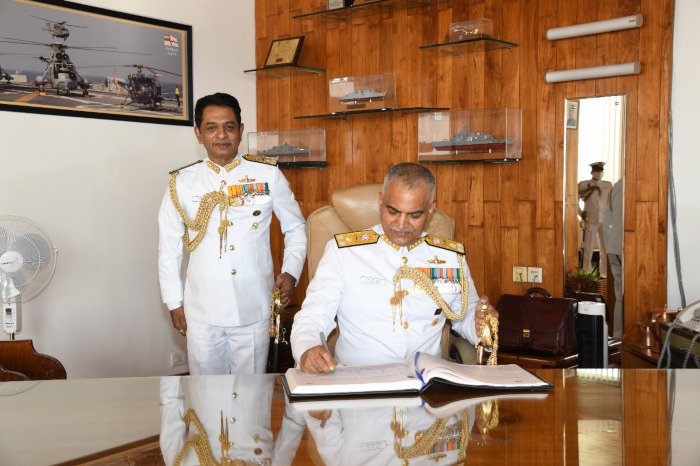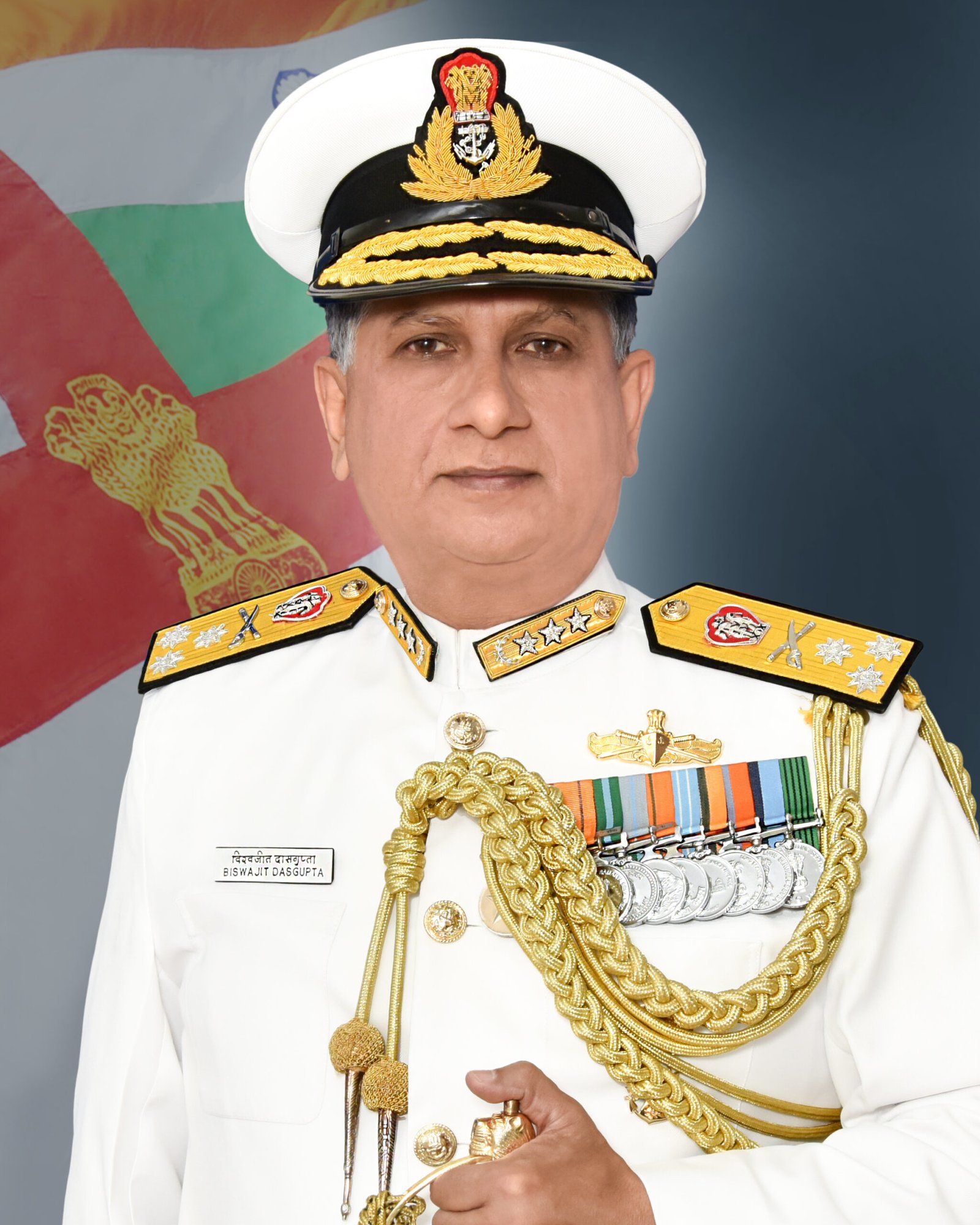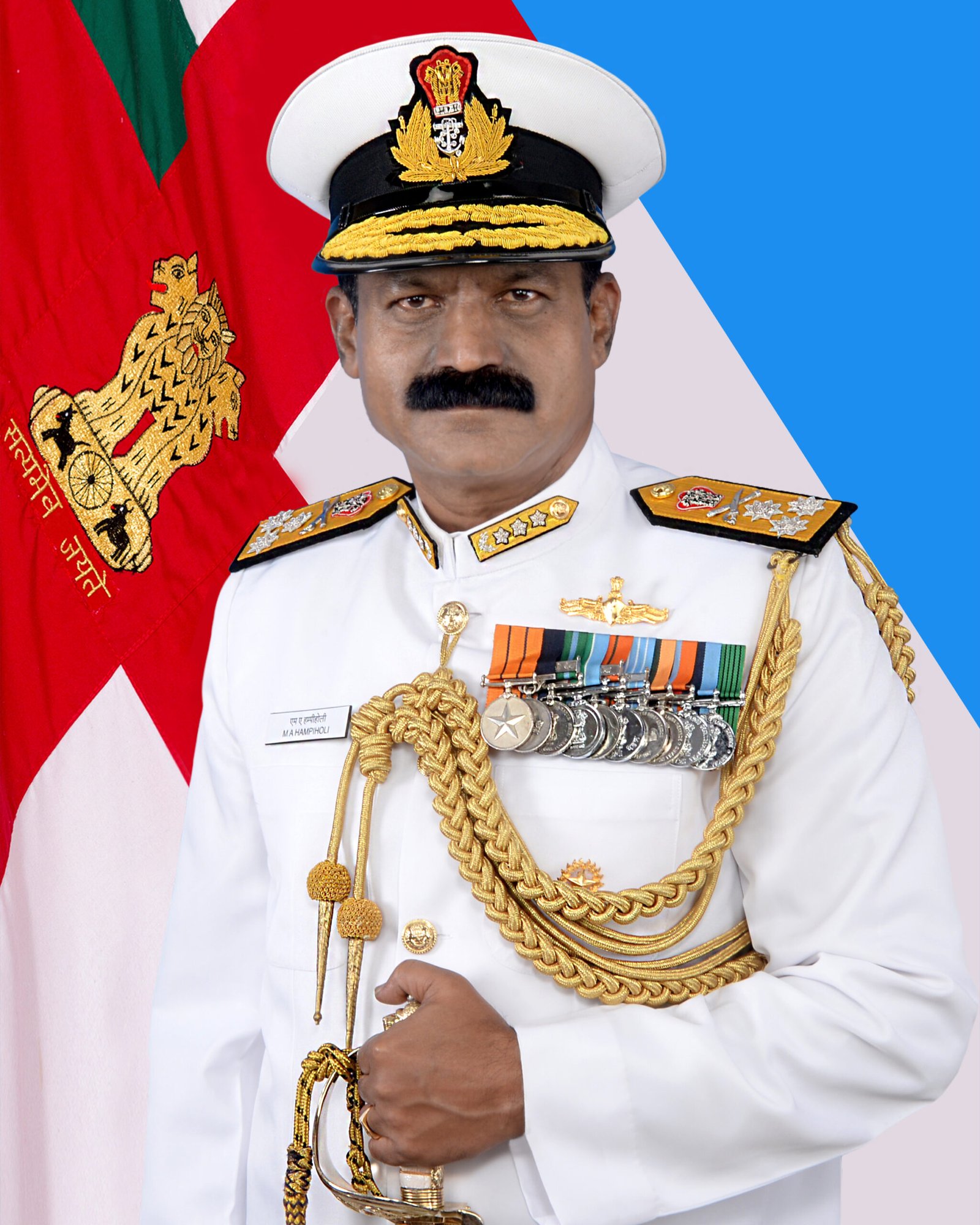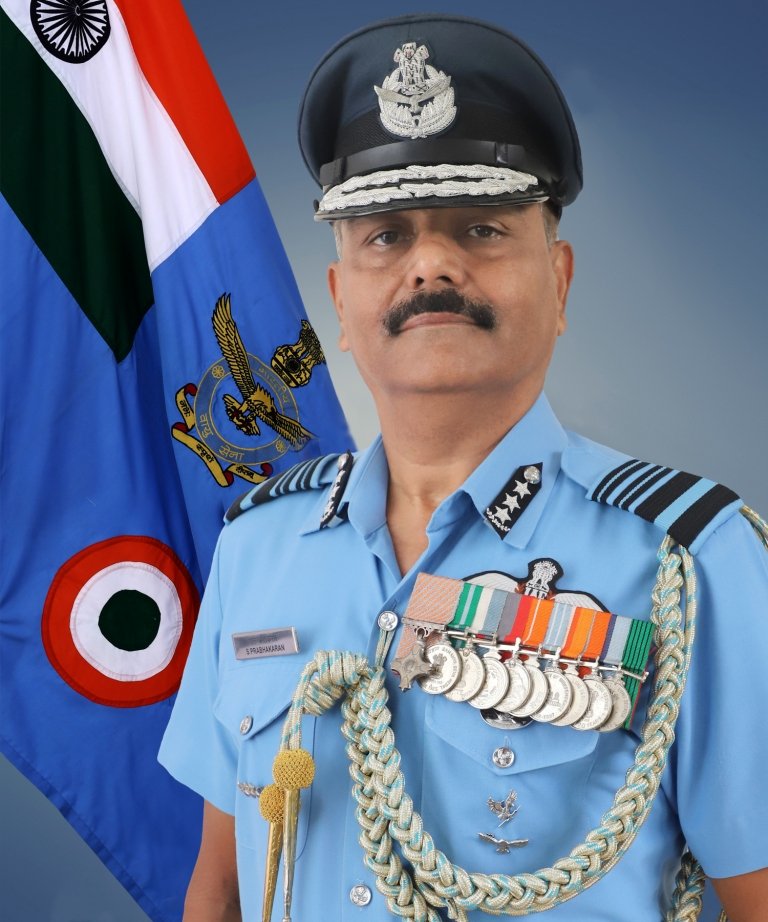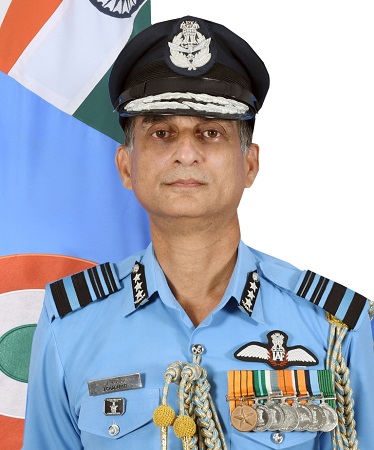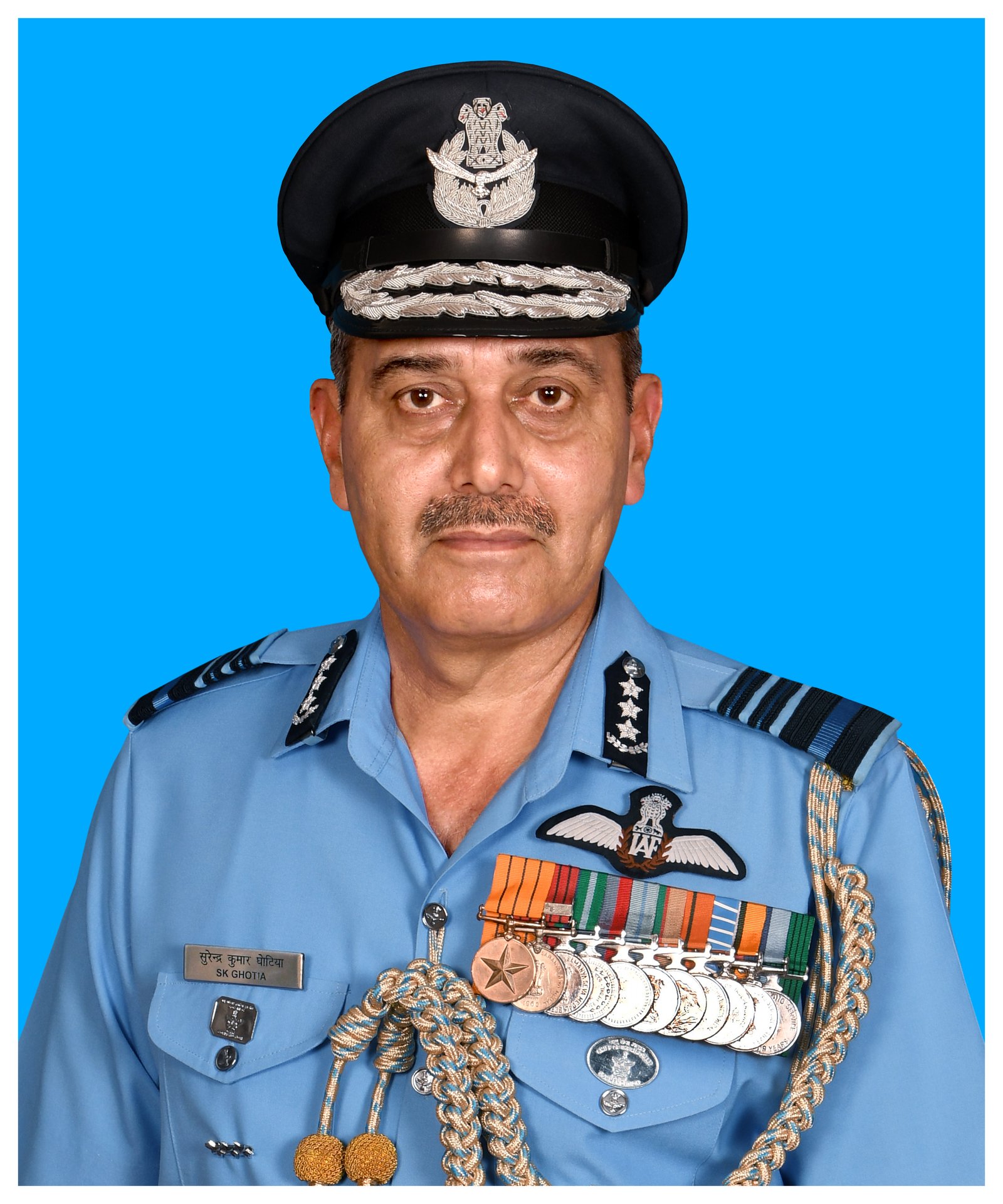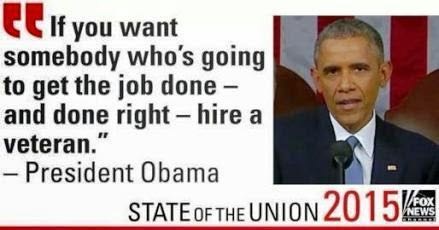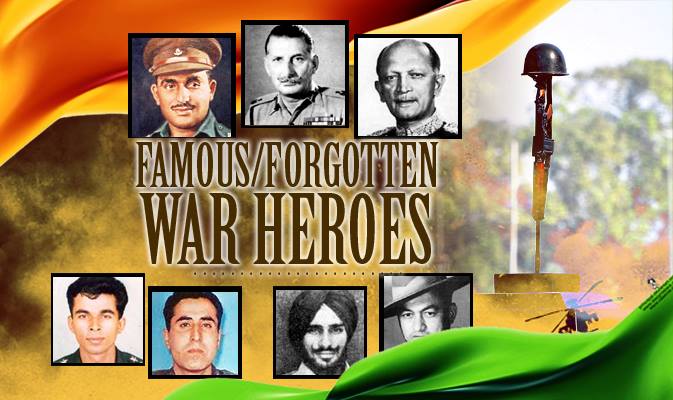Veterans spoke on issues as recent as Doklam standoff and as distant as WW2
CHANDIGARH: Olive green was the colour of the day at the Military Literature Festival on Friday. Punjab chief minister Captain Amarinder Singh came wearing a green jacket with his medals proudly pinned on it, prompting a moderator to observe that he was here as a historian, even though he was footing the bill as the CM.

Normally reticent and media shy, commanders from the three forces spoke freely about flash points as recent as that at Doklam and as distant as the First War of Kashmir, bringing to table new information, and raising fresh questions.
Lt Gen Praveen Bakshi (retd), who was heading the eastern army command when India and China were locked in a threemonth-long standoff at Doklam earlier this year, revealed that Chinese frequently broke ranks. He said there was no clarity on why China was building a road in the Doklam region and whether the project was sanctioned by the country’s top leadership.
Captain Amarinder was clearly in form as he regaled the audience about the operations of 1 Sikh and 1 Patiala regiment during the First Kashmir War. Later, when Vir Sanghvi, who was moderating a discussion on military historians, asked Amarinder how he found time to pen his books—he has seven books to his credit—he said he had learnt the art of time management at the National Defence Academy (NDA).
Amarinder said he wanted to write three more—one on the 1971 war, another on the Indian Peace Keeping Force (IPKF) and the last on the situation in Punjab over the last 30 years. “The latter I will do after I quit,” he quipped, adding that he was in no hurry to do so.
The session on Kargil War 1999 had veterans asking whether the operations were botched up by the top leadership. In the absence of any historical analysis of the war, are we heading towards another Kargil, asked Lt General SH Kulkarni (retd), while Brigadier Davinder Singh (retd) emphasised on the importance of well-analysed actionable intelligence.
“Intelligence is the key. Unfortunately, it is in the hands of RAW, and not the army,” he said.
Speaking at the panel discussion on ‘Shape and Contours of the Indian Navy of the Future’, vice-admiral Satish Soni declared that Indian Navy would be the new battle arm to take on China in the future. Discussing the Indian maritime heritage going back to the Chola Dynasty, vice-admiral Satish Soni disclosed that Indonesian Naval Academy’s insignia has an image of Lord Ganesha.
The panel on ‘Indian Military and Society’ had veterans venting about the dilution of their seniority vis-a-vis bureaucrats. As a panellist put it, “Army has a fixed hierarchical structure but the bureaucrats are tweaking it to their advantage by changing the balance of power.”
Lt Gen KJ Singh, former western army commander, attributed the growing gap between the army and bureaucracy to the latter’s fleeting engagement with the military.
The deliberations on ‘Counter insurgency operations in Jammu and Kashmir’ had experts sounding a note of caution even as some saw hope in the falling number of active militants as compared to the 1990s. Lt Gen B S Jaswal, former northern army commander, said those days, there were thousands of militants waging a war against the Indian state, now there are only a few hundred.
A military writer, Vikramjit Singh, however, warned against the rising discontent in the Kashmiri society.
“There is a big jump in the number of home-grown militants. They are often relatives or friends of militants killed by security forces,” he said.
The event was attended by a large number of students, who had a great time interacting with war heroes.
They also manned the venue with their teachers wielding walkie-talkies, making many mistake them for police officers.










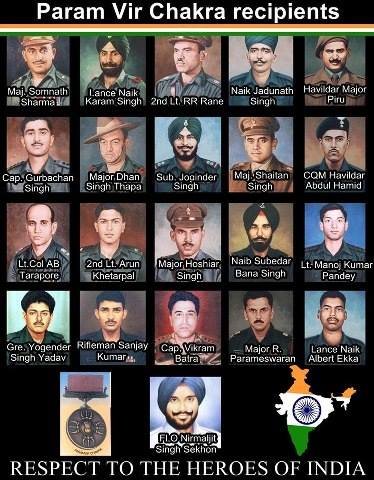

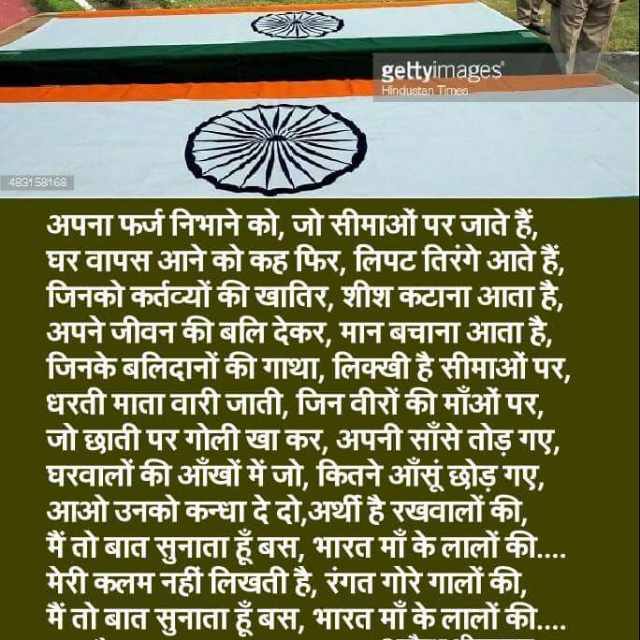

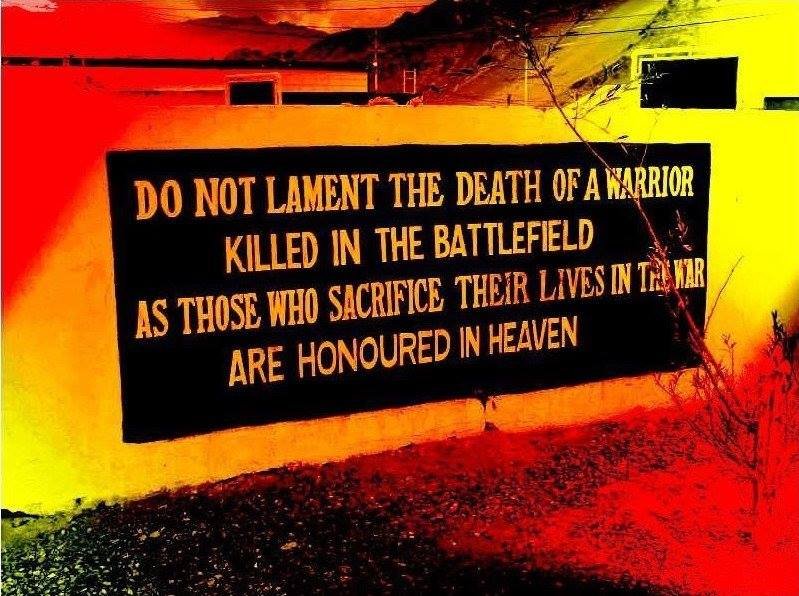

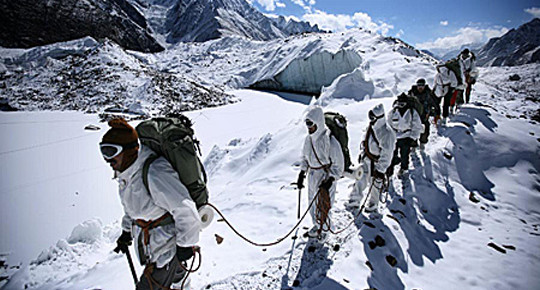
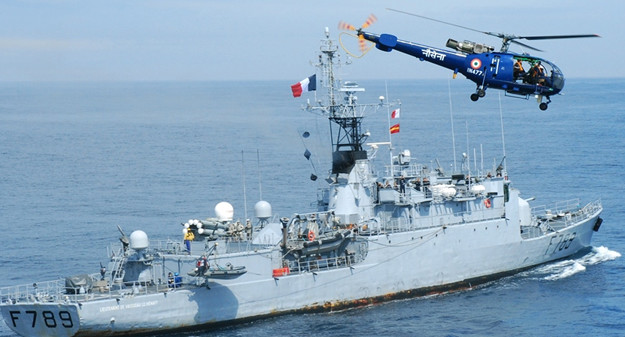
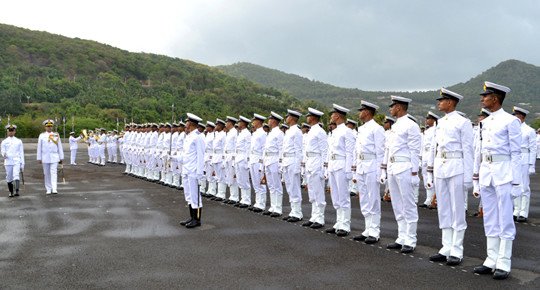
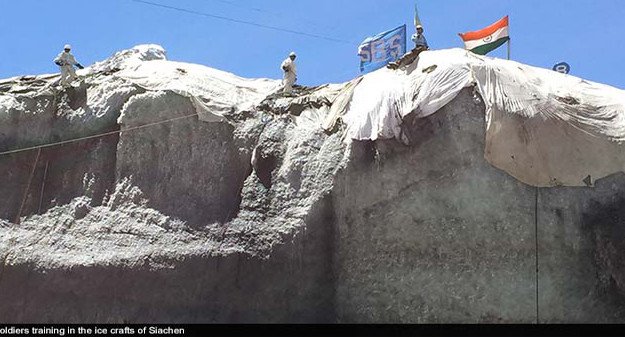
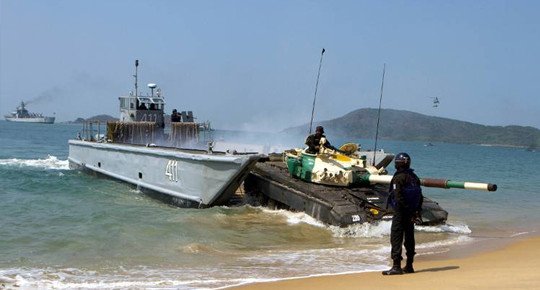
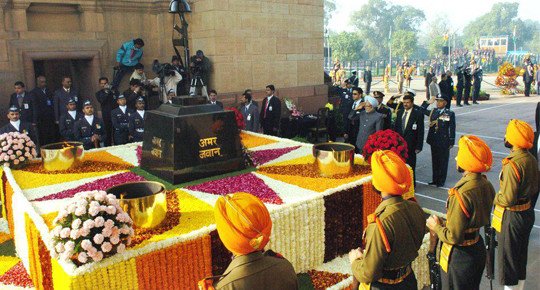
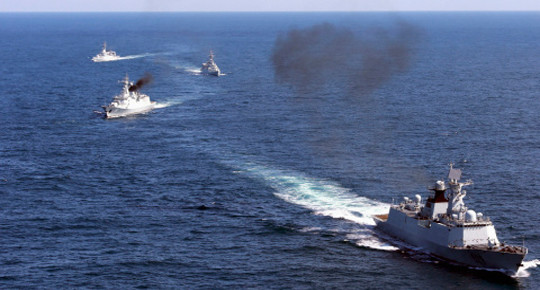

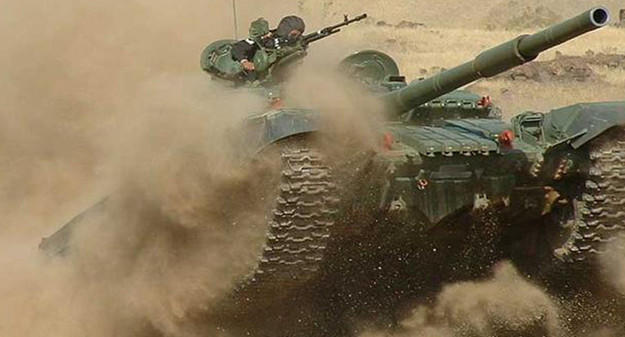

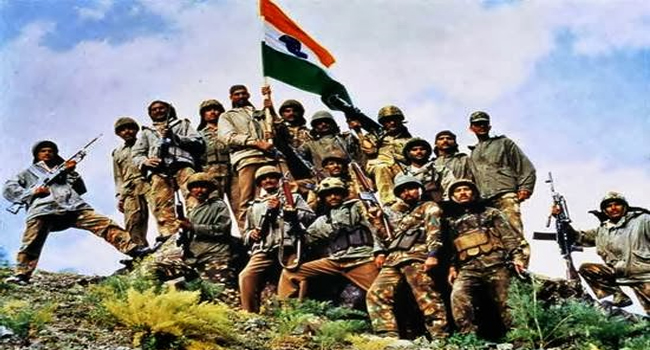
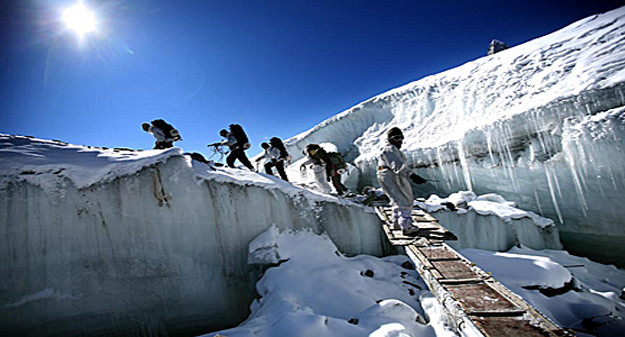

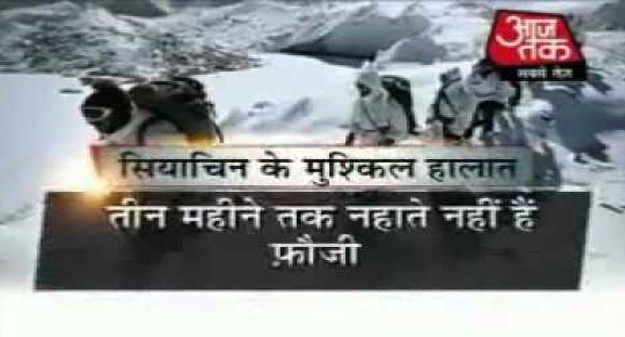

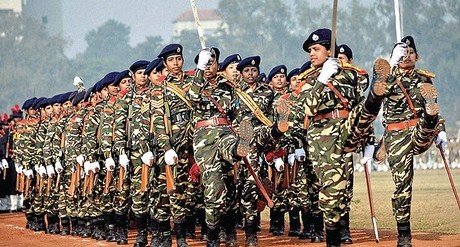
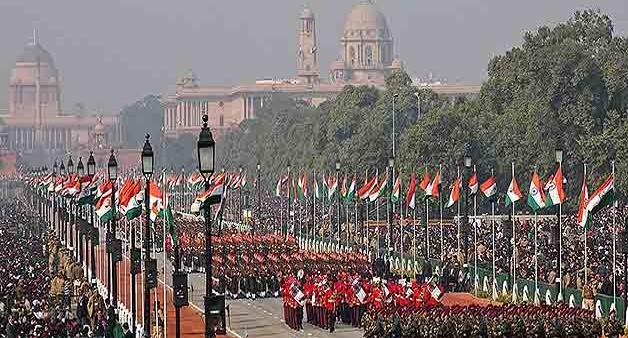

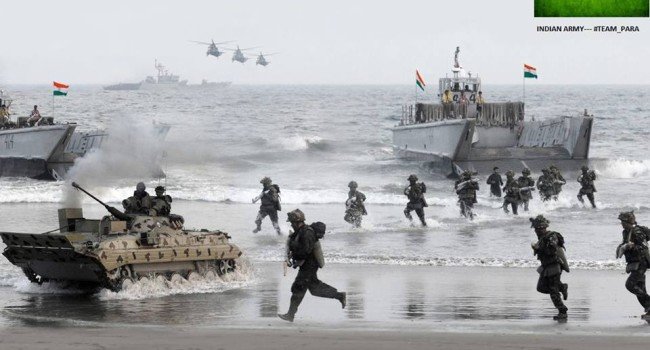

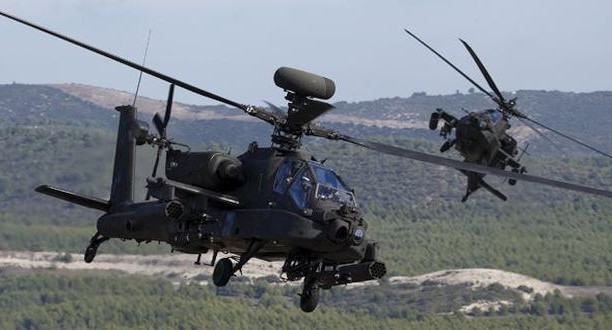
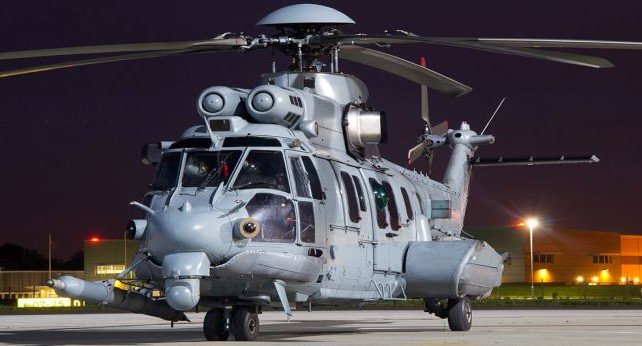
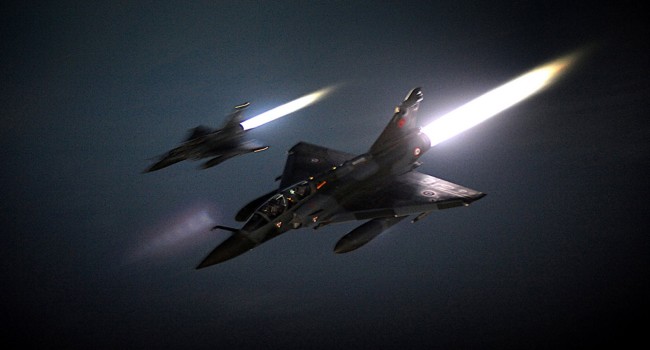
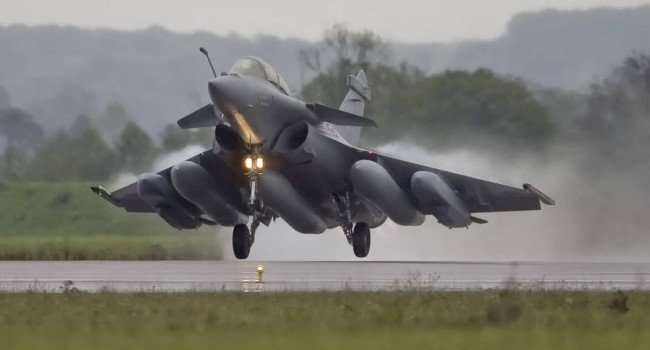
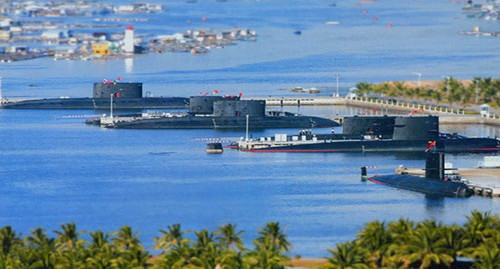
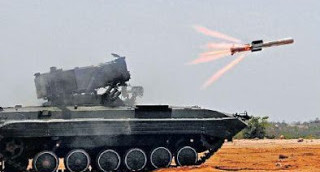
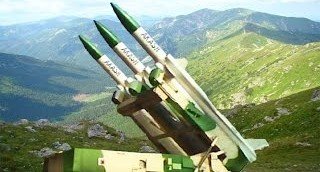
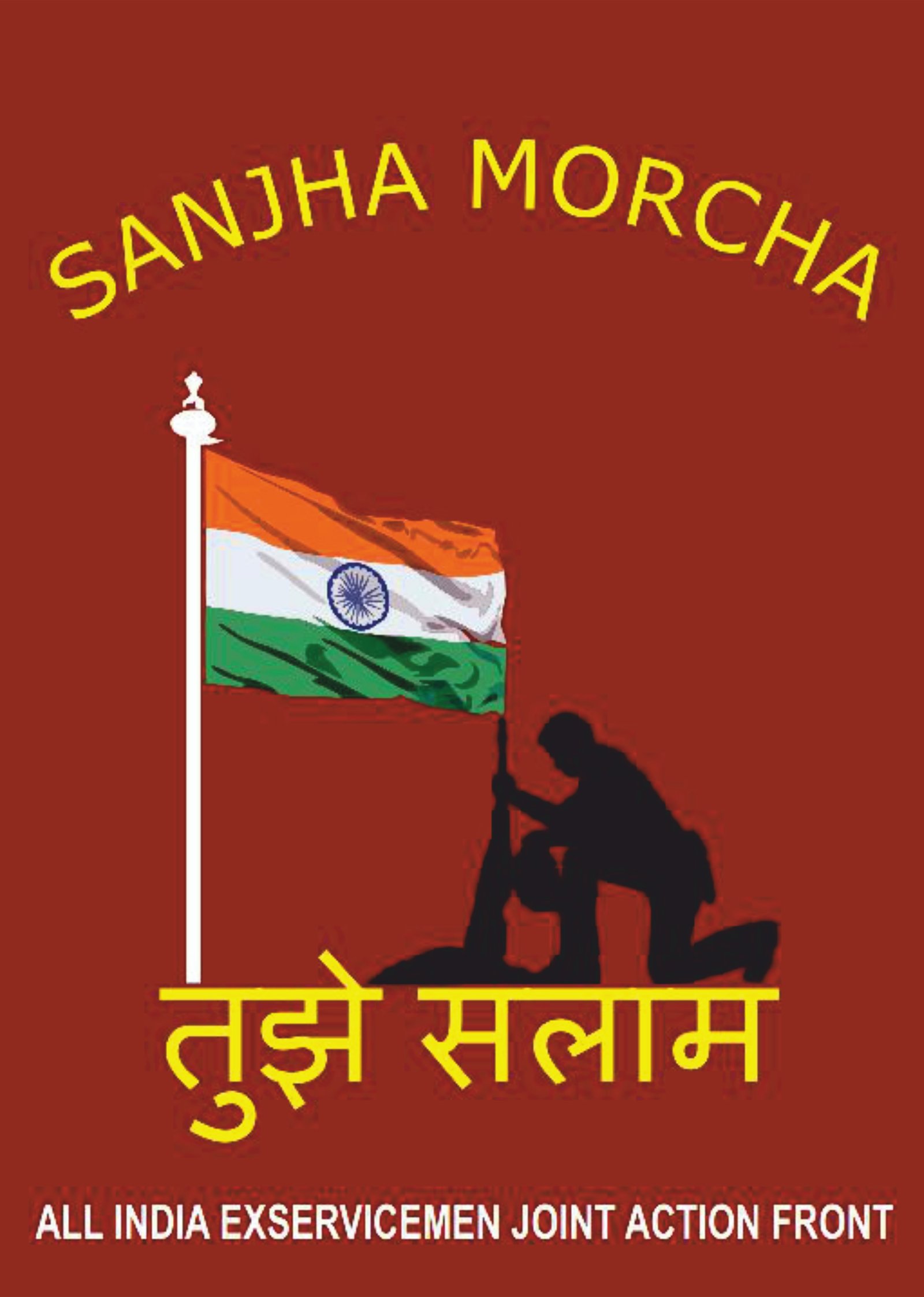
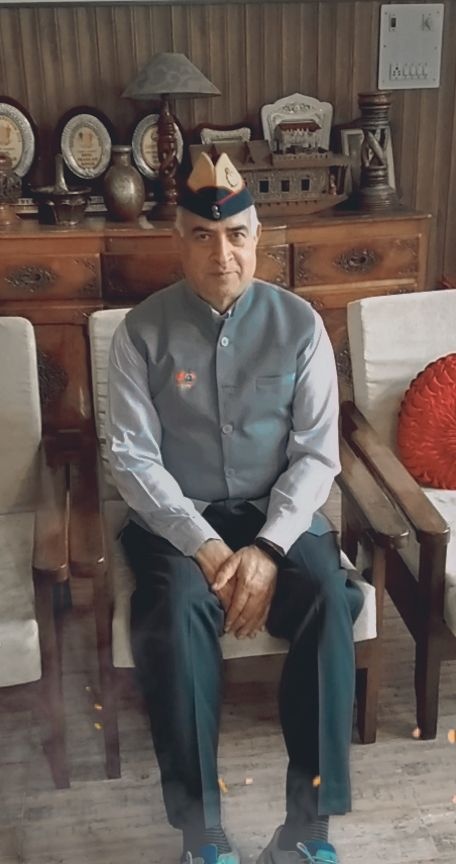
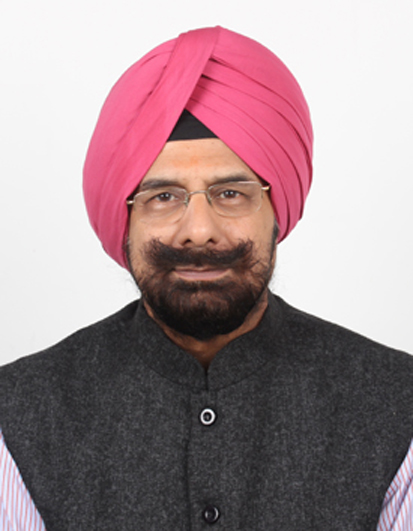




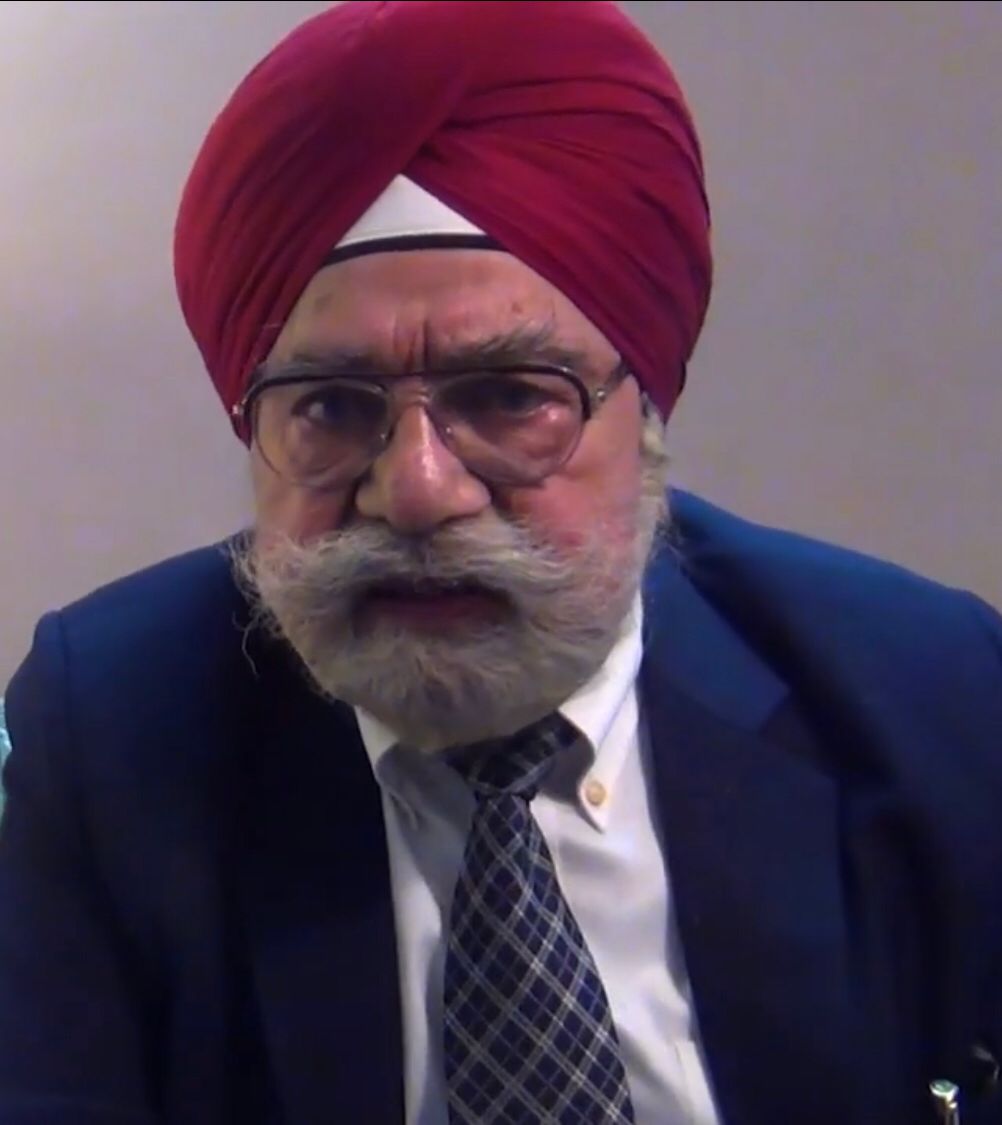



 BHUSHAN KOYANDE/HT
BHUSHAN KOYANDE/HT
 HT PHOTO
HT PHOTO